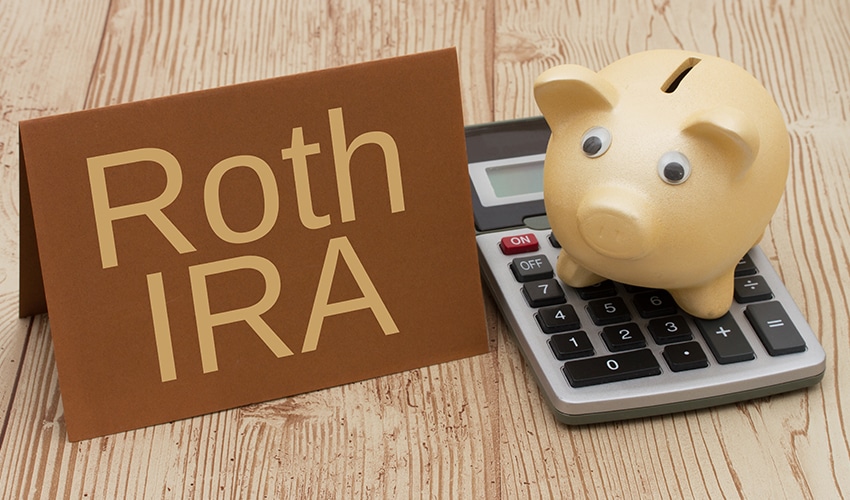Serving in the military means your financial life is never just about paychecks. It’s tied to timing, benefits, deployments, and […]

When you know you’re going to buy an expensive new kitchen appliance, you’re probably willing to wait until that item goes on sale. When it comes to big investment decisions, you can do the same to make sure you get the best deal. With the stock market down from the S&P’s record high of 4,743.83 on Nov. 22, 2021, it may be time to think of a Roth IRA conversion as an “on sale” opportunity.
A Roth IRA or Roth 401(k) is a type of retirement account. Although it offers no current-year tax benefits, earnings grow tax-free, and you can withdraw them tax- and penalty-free after age 59½ and once the account has been open for five years.
U.S. tax regulations are set up to give savers a tax break in the hope of getting them to prepare for retirement. Traditional retirement accounts let working people save on taxes the year they contribute; in Roth retirement accounts, the tax savings come later. Roth accounts have the added benefit of allowing gains or interest earned in the Roth IRA or 401(k) to escape taxation completely. Here are two examples:
Taxpayers are allowed to convert Traditional retirement accounts to Roth IRA accounts with few limitations. If you contributed to a Traditional retirement account over your working life, you might wonder if it’s time to convert your Traditional retirement account to a Roth account.
Pros:
Cons:
Roth conversions are popular because you can potentially reduce the total tax you’ll pay on your retirement investments over time. Also, unlike Traditional retirement accounts, Roth accounts have no RMDs during the owner’s lifetime. You’ll want to do a cost-benefit analysis — or work with a fee-only fiduciary financial advisor — to see when you’d break even on a Roth conversion.
Converting to a Roth when stock prices are lower could also mean owing less tax at the time you convert. Here’s an example. Imagine that in 2021, your Traditional 401(k) balance invested in a target date exchange-traded fund (ETF) was $250,000. In summer 2022, after the stock market dropped about 30%, your balance is more like $175,000.
Had you done a Roth conversion back in 2021, you would have added $250,000 to your 2021 taxable income, potentially owing as much as 35% of that amount or about $87,500 in additional taxes.
If you do the Roth conversion, in this example, you’ll only add $175,000 to your 2022 taxes, which could reduce that sample tax burden to $56,000, in part because you’re adding less to your taxable income and you’d be in a lower tax bracket.
If you can afford to pay those taxes, converting to a Roth may be a smart strategy.
If you've been waiting for the right time to convert to a Roth, now may be it. Consider the strategy and its impact on your other finances. If you want an expert to weigh in, it’s important to collaborate with a financial advisor who specializes in tax-focused Roth strategies. Wealthramp vets advisors and planners and encourages one-on-one consultations with advisors you’re matched with. Financial advice should be unbiased, which means the advisor (or planner) you seek out is fee-only and legally held to the fiduciary standard versus a commissioned sales rep from a brokerage firm or insurance company.
It could be a good time to consider a Roth conversion.
Finding the right financial advisor can be challenging. Let Wealthramp help you find the right advisor who will help you with your personal financial needs and situation.
©2025, Wealthramp Inc. All Rights Reserved.
Welcome to Modal Window plugin